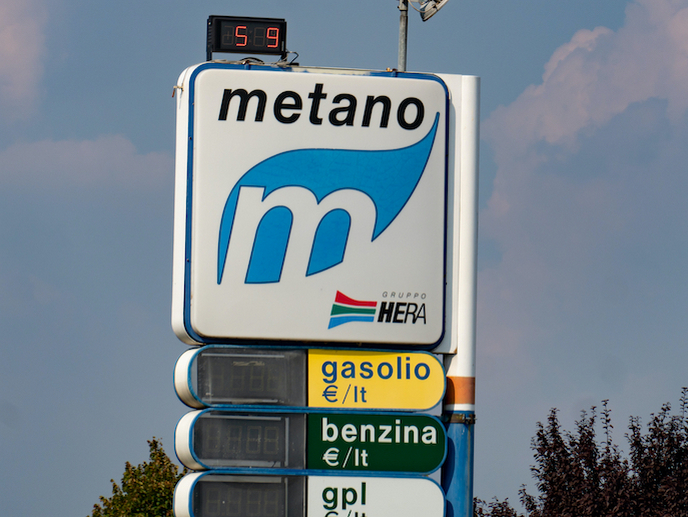Hydrogen in conventional combustion engines
Much of the world and many governments have identified the goal of reducing dependence on fossil fuels as an important one for a variety of reasons. Hydrogen is an alternative energy source that is already providing clean, renewable and efficient power. Hydrogen fuel cells, perhaps the most well known devices, have run into numerous stumbling blocks. They require certain improvements including major reductions in cost before widespread use is feasible. In the meantime, hydrogen internal combustion engines (HICEs) may bridge the gap. Such engines benefit from the mature technology of internal combustion engines (ICEs) and, with some modification, could allow an engine to run on both, conventional fossil fuels and hydrogen. Although the first ICE, ever built up for for mobile application, was fed with Hydrogen (Isaac de Rivaz in 1813), widespread implementation has been slow in coming. European researchers set out to change this with funding for the ‘Optimisation of hydrogen powered internal combustion engines’ (HYICE) project. The team included transAtlantic cooperation with Ford and two US-national laboratories (Argonne- and Sandia-), pioneers in the HICE field, to ensure maximum benefit and minimal duplication of efforts. Project goals were to enhance the efficiency of HICEs and provide smaller engines with equivalent performance compared to standard ICEs running on fossil fuels. HICEs convert chemical energy directly to mechanical energy by burning hydrogen. Efficient mixing and stratification of layers within the mixture are important parameters affecting overall efficiency of the engine itself. Scientists evaluated two promising concepts for mixture formation. However, in order to develop real processes, they required a suitable computational fluid dynamics (CFD) tool to model mixture formation and combustion incorporating specific properties of hydrogen. As such a tool was lacking, the team developed one, providing an important project outcome on its own. The consortium also built a mixing-chamber test bed with advanced imaging capabilities as well as an optical engine. Its use enabled detailed insight into the workings of a HICE for the first time. Overall, the HYICE consortium provided an answer to the demand for greater fuel efficiency and engine performance at a reasonable price In respect to production costs and fuel consumtion HICEs even can beat todays modern engines fed by gasoline or diesel. The HYICE technology offers the possibility for rapid deployment of mass produced hydrogen vehicles when infrastructure and policy are ready.







